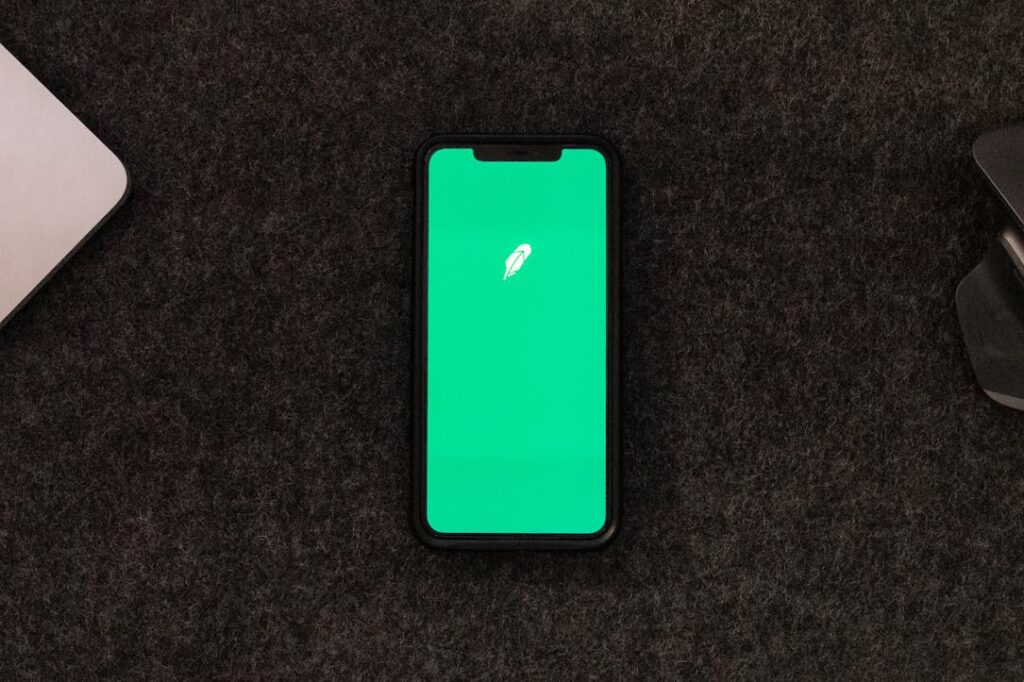In mobile app development, it’s crucial to regularly update your app to remain competitive, relevant, and functional for users. However, updating an app involves more than just adding new features; it requires a strategic approach to ensure a seamless user experience and efficient maintenance. Let’s explore some best practices for updating a mobile app regularly.

1. Plan Strategically
Set Objectives: Define clear goals for each update. Are you adding new features, fixing bugs, improving performance, or enhancing security?
User Feedback: Gather insights from user reviews, surveys, and analytics to prioritize updates based on user needs and preferences.
Competitor Analysis: Stay informed about industry trends and competitor updates to identify areas for improvement and innovation.
2. Regular Bug Fixes
Bug Tracking: Implement a robust bug-tracking system to identify, prioritize, and resolve issues efficiently.
Regression Testing: Conduct thorough regression testing to ensure that bug fixes do not introduce new problems or break existing functionalities.
Version Control: Use version control systems like Git to manage code changes and track the history of updates.
3. Performance Optimization
Code Optimization: Regularly optimize code for improved performance, faster load times, and reduced resource consumption.
Device Compatibility: Test the app on various devices and platforms to ensure compatibility and optimal performance across a wide range of devices.
Network Efficiency: Optimize network requests and data usage to minimize bandwidth consumption and enhance the app’s responsiveness.
4. Security Enhancements
Update Dependencies: Regularly update third-party libraries, SDKs, and frameworks to address security vulnerabilities and ensure compatibility with the latest standards.
Data Encryption: Implement robust encryption mechanisms to protect user data both in transit and at rest.
Secure Authentication: Enhance authentication mechanisms with multi-factor authentication (MFA) and secure login practices to prevent unauthorized access.
5. UI/UX Improvements
User Interface (UI): Enhance the app’s UI design based on user feedback and industry trends to deliver a visually appealing and intuitive experience.
User Experience (UX): Conduct usability testing and gather user feedback to identify pain points and streamline user journeys for improved UX.
Accessibility: Ensure compliance with accessibility standards (e.g., WCAG) to make the app usable by people with disabilities.
You might also want to explore tools such as DhiWise Figma to Flutter and Figma to React for translating design mockups into interactive code. This method can help streamline the UI development process and maintain design consistency across different platforms, ultimately improving the overall user experience.
6. Feature Updates and Additions
User-Centric Features: Prioritize features that add value to users and align with their needs, preferences, and behavior.
A/B Testing: Use A/B testing to experiment with new features, gather user feedback, and make data-driven decisions before rolling out updates to all users.
Incremental Rollouts: Gradually release new features to subsets of users to monitor performance, gather feedback, and address issues before a full-scale release.
7. App Store Optimization (ASO)
Keyword Optimization: Optimize app metadata (title, description, keywords) with relevant keywords to improve visibility and rankings in app store search results.
Visual Assets: Use high-quality visuals (app icon, screenshots, videos) that showcase key features and attract users’ attention on the app store.
Regular Updates: Maintain a consistent update schedule to signal active development, engage users, and improve app store rankings.
8. Communication and Transparency
Release Notes: Provide comprehensive release notes detailing the changes, improvements, and bug fixes in each update to keep users informed and engaged.
Feedback Channels: Encourage users to provide feedback through in-app feedback forms, surveys, and support channels to gather insights for future updates.
Transparency: Be transparent about data privacy, security measures, and any changes that may impact users’ experience or data usage.
9. Data-Driven Iteration
Analytics: Leverage app analytics tools to track user behavior, engagement metrics, conversion rates, and other key performance indicators (KPIs) to inform decision-making and prioritize updates.
User Segmentation: Segment users based on demographics, behavior, and preferences to personalize experiences, target specific user groups, and tailor updates accordingly.
Continuous Improvement: Embrace a culture of continuous improvement by analyzing data, iterating based on insights, and iterating based on insights, and implementing iterative updates to drive user satisfaction and retention.
10. Compliance and Legal Considerations
Regulatory Compliance: Stay compliant with relevant regulations (e.g., GDPR, CCPA) regarding data privacy, security, and user rights to avoid legal issues and build trust with users.
Terms of Service: Update and communicate changes to terms of service, privacy policies, and user agreements transparently to ensure users’ understanding and consent.
Conclusion
Regularly updating a mobile app is a multifaceted process that demands strategic planning, continuous monitoring, and iterative improvements. Best practices like strategic planning, bug fixes, performance optimization, security enhancements, UI/UX improvements, feature updates, ASO, communication, data-driven iteration, and compliance play vital roles in this process.
These practices ensure that apps stay competitive, relevant, and user-friendly in the ever-evolving mobile landscape. Prioritizing user feedback, leveraging analytics insights, and maintaining transparency are key pillars in the journey of continuous app improvement and user satisfaction.
